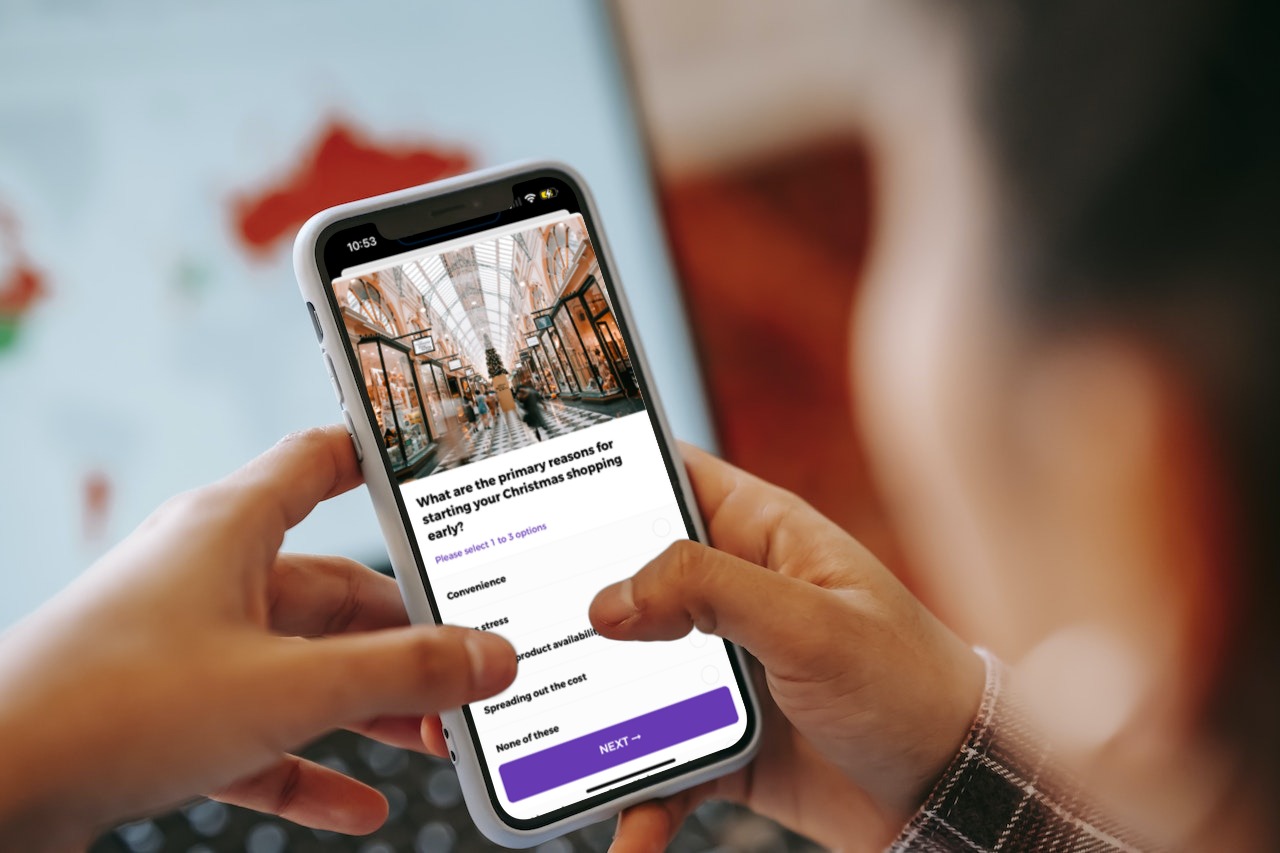Concept Testing: How Micro Surveys Lead to Product Development Success
[…]

When Companies Should Lean On Micro Surveys for Concept Testing
Taking a product to market or launching a new marketing campaign requires a significant investment of time, money, and work. No one wants a flop on their hands, which is why concept testing is so critical.
Remember when Google tried launching a social media platform to dethrone Facebook and Twitter from their top spots? Not ringing a bell? No worries, even people who had accounts probably forgot about it.
Google first attempted to launch a new social network with Google Friend Connect in 2008, Google Buzz in 2010, and finally Google+ in 2011. None of these attempts ever took off.
While Google+ did boast impressive numbers of registered users, it’s unclear how many of those were active users or people who just signed up for other Google services like YouTube or Gmail. The company shut down the consumer version of Google+ in 2019, saying the product had low engagement and did not meet consumers’ expectations.
How could the company behind some of the most used services on the internet fail so spectacularly?
Their concept testing didn’t identify the core weakness within their product.
First, do people need or want this product? Second, how will they use it? More thorough concept testing could have helped identify:
1.) Features that would have made the platforms more useful
2). Messaging that could help drive adoption
In this post, we’ll cover the basics of concept testing: what is it, when do you need it, and how to do it right to help you bring a successful new idea to life.
Recommended: Using Insights to Guide Your Product Development Strategy
What is Concept Testing?
Concept testing is the process of gathering data and feedback about an idea before proceeding with it. You can gauge how your target customers will react to the idea before you go full steam ahead on a new product or marketing campaign.
Concept testing also comes in handy when A/B testing, or evaluating two or more competing ideas.
For example, let’s say you’re rebranding your company and deciding between three new logo options. Or perhaps you’re a software company and only have the development resources for two new features in your next release. Instead of hoping you make the right decision, you can use concept testing to see which logo resonates best with your customers or which feature customers see as the most useful.

When Do You Need Concept Testing?
Concept testing helps you avoid wasting money on a bad idea. Common uses for concept testing include:
- New Product Development. Is there a market for your product? Does your idea meet consumers’ needs? For Google’s multiple social media attempts, the answer was no.
- Product Enhancement. From software and cell phones to clothes, many products release new features or styles. For example, a cookie company that’s considering adding new flavors to their product line will ask some of the same questions they did when developing their product originally. Do our cookie buyers want more flavors? What flavors would they like? How much will people pay for them?
- Market Development. When you’re trying to expand into new countries, regions or cities, you need to understand the needs of your target audience. If you’re developing a new feature or version of your product to reach a new market segment, concept testing within that segment can let you know if you’ve hit the mark or not. For example, a women’s clothing retailer might want to expand to offer children’s clothing. Since the retailer likely has several current customers who are moms, they can use concept testing surveys to see if the moms would buy clothes for their kids.
- Creative Development. When an ad campaign fails, the worst thing used to be the wasted money, but in the age of social media, a misstep with your marketing could turn you into the latest meme and laughing stock. Marketing blunders are a lot more public than they used to be. Concept testing helps ensure all your creative elements resonate with your audience.
Case Study: Concept Testing with Lego
In 2011, Lego realized nearly 90 percent of the kids playing with the building blocks were boys. Sales of the company’s construction sets were growing by double digits, but they still were unsure how to sell Lego sets to girls. So the company invested heavily in research and concept testing.
Their research revealed that boys tend to play with the outside of the finished product while girls play more with the interior. The company introduced a new product line called Lego Friends. These small doll-like Lego figures could be used inside their Lego sets. Their concept testing for Lego Friends revealed girls liked and wanted details, so the first set of Lego Friends had names, storylines, and their own building set.
The new product line grew to be one of the most successful innovations in Lego’s history all thanks to concept testing.
Making Your Concept Testing Easier With Mobile Research
One of the main reasons companies forgo concept testing is they don’t have the time. If you’re working with a tight schedule to launch a product or start a new ad campaign, you might not want to give up a couple of weeks for concept testing. Fortunately, there is a better way.
OnePulse allows you to get feedback on your ideas with short and simple mobile surveys. Sign up for your account today and start testing your next big idea.
Related posts








